
Disasters and monsters (giant catfish, yaroka water, Ichimokuren)
Damage caused by Typhoon Faxai in Chiba Prefecture
The world is in a frenzy as the 2019 Rugby World Cup in Japan kicks off, but in Chiba Prefecture, recovery from the damage caused by Typhoon Faxai, which hit on September 5th, has not yet been completed, and in some areas power outages and other damage have continued for more than two weeks.
Typhoon Hagibis caused damage all over the Kanto region, with large areas of Chiba prefecture experiencing power outages and water outages. On September 9, JR and other transportation services were severely disrupted in the Tokyo metropolitan area.
Additionally, on September 23rd, the large typhoon No. 17 approached Japan and crossed Hokkaido by the 24th.
As was the case during the Great East Japan Earthquake, in areas where news organizations do not have local branches, news coverage is delayed or not reported at all.
By the way, during the Great East Japan Earthquake in 2011, I was in Ibaraki and experienced a magnitude 6 earthquake and about a week of power and water outages.
I was in Sapporo during the Hokkaido Eastern Iburi Earthquake in September 2018, so my survival experience from the Great East Japan Earthquake was extremely useful...
The Great Earthquake and the Giant Catfish
Since ancient times, people have looked to monsters to explain natural disasters that are beyond their control.
The famous example is the underground earthquake that occurred during the Ansei earthquake in the Edo period.Giant catfish causes earthquakesIt was said that,Catfish paintingNishikie woodblock prints called "Yoshinobu" became hugely popular.
The catfish painting is said to be holding a giant catfish.keystone" is enshrined here.The God of Kashima ShrineHowever, it is said that most paintings depict him slaying a catfish.

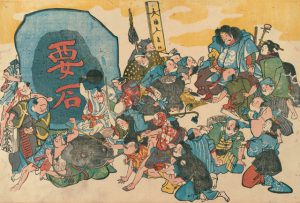
Flood damage or water
Additionally, since the Japanese archipelago has been a land prone to flooding since ancient times, many legends relating to water have been passed down.
In the Nobi Plain, which stretches from Aichi Prefecture to Gifu Prefecture, and especially in the Kiso River basin,Yaroka water" There is a legend that goes like this.
In the middle of the night, during a heavy rainfall, I heard a cry from the edge of the opposite bank:Shall we send it? Shall we send it?The locals were horrified, but when one of them cried out, "Ikosabaikose (Give it to me if you can), a flood immediately surged in, and all the surrounding fields were submerged under water.
The true identity of this "Yaroka water" is said to be a flash flood, where the sound of a strong wind or a dam holding back a river sounds like "Yaroka," followed immediately by the release of water all at once.
Storm and glance
Ichimokurenis a god of typhoons and storms in Kuwana City, Mie Prefecture.Tado ShrineIt is said that the god of blacksmithing, Tenmokuichika-no-kami, was syncretized with the one-eyed dragon god.
He is worshiped as an object of prayer to prevent disasters at sea and to pray for rain, and it is said that when this god sets out, there are storms and rain, but after he leaves, the winds die down and the sea becomes calm, and in the foreign countries where he travels, the fields are ruined and ordinary people are blown away.
They are said to leave their homes between July and August, and it is possible that they watched the passage of typhoons as the work of Ichimokuren.

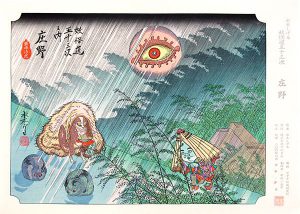
Disaster prevention measures, monsters, and folklore
I have given a few examples, but it can be said that disasters and yokai are inseparably linked.
Many companies and local governments develop business continuity plans (BCPs) to devise response measures in the event of a disaster and ensure that necessary activities are carried out.
However, there are many cases where plans are made but then not carried out, resulting in them being useless.
To prevent this from happening, we need to change our mindset.
Changing people's attitudes is not easy, but by continuing to educate them from an early age, it will become the norm.
By continuing to hear about local monsters and folklore from a young age, children will naturally develop an awareness of crisis preparedness in case of an emergency.
Learning about monsters and folklore and passing them on to future generations is an effective disaster prevention measure.This may be a possible measure.
Image = "Ansei Great Earthquake Picture / National Diet Library Collection", "Mizuki Shigeru / Fifty-three Stations of the Yokai Road, Shono"
Text by Keishiro Watanabe
References: "Kunio Yanagita and Wajiro Kon: Folklore for Facing Disasters" (Akihiro Hatanaka, Heibonsha Shinsho), "Disasters and Yokai - Walking through Japan's Natural Disasters with Kunio Yanagita" (Akihiro Hatanaka, Akishobo), "Democracy of the Dead" (Akihiro Hatanaka, Transview), "Japanese Yokai Encyclopedia" (Shigeru Mizuki, Kenji Murakami, Kadokawa Bunko), "A Truly Usable BCP is Simple: Three Points for Managers" (Yoshihiro Ikeda, Tax Accounting Association)
■ Keishiro Watanabe (Kei-chan)
Born in Asahikawa, Hokkaido. Graduated from the School of Human Sciences at Waseda University. An independent researcher of monsters.
He currently splits his time between Sapporo, Hokkaido, and Tokyo, and works as a management and IT consultant, but he studied folklore and cultural anthropology at university, and continues to study yokai as his life's work.
I am currently writing articles about monsters associated with Hokkaido, where I currently live, as well as current news about business and economics.
Twitter:https://twitter.com/keishiro_w

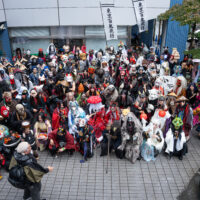
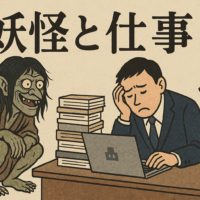
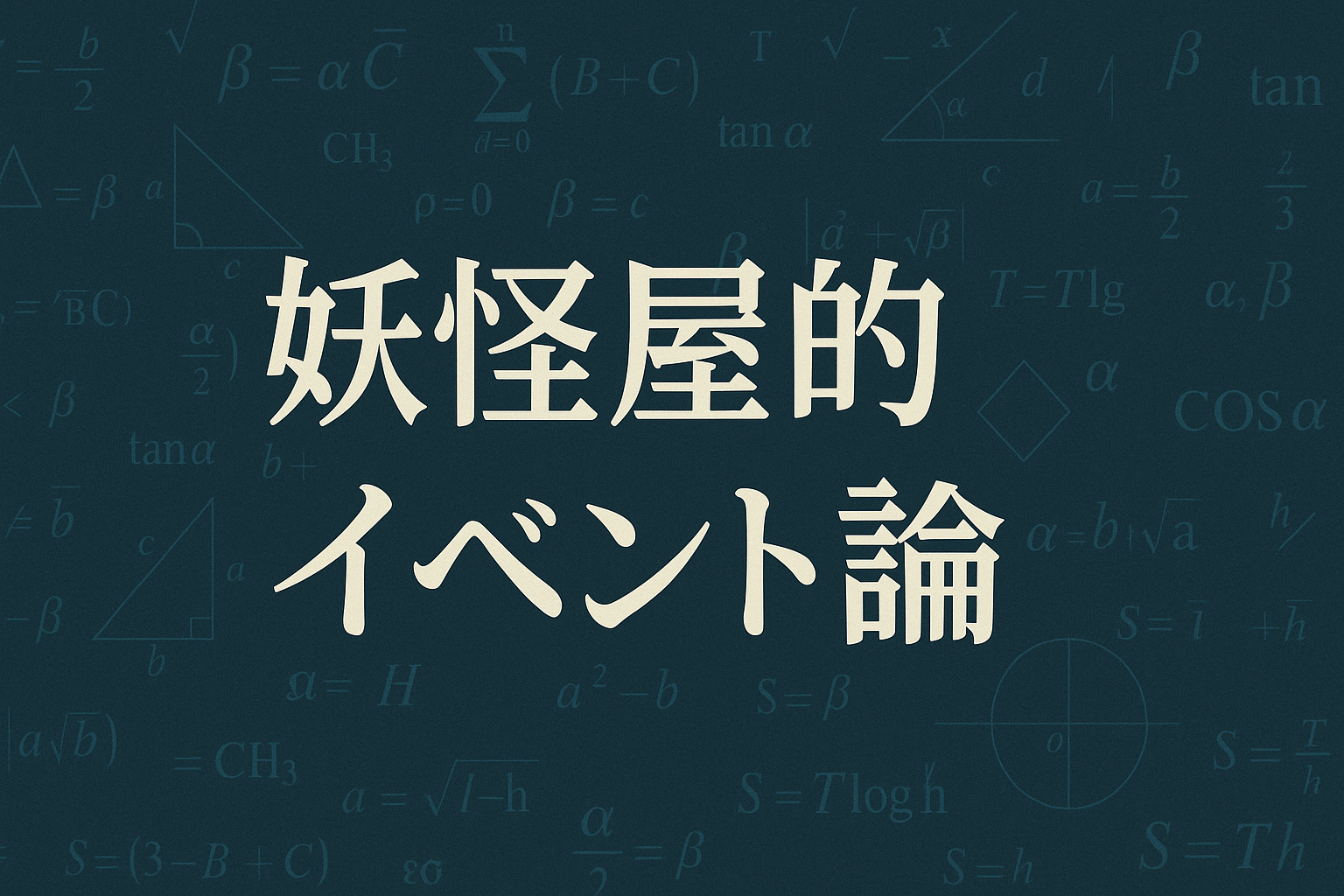



No comments yet.